How To Format Your eBook, BookRix Team [good books to read for teens .txt] 📗
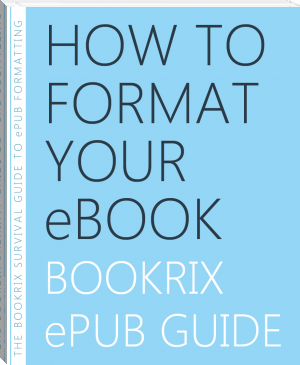
- Author: BookRix Team
Book online «How To Format Your eBook, BookRix Team [good books to read for teens .txt] 📗». Author BookRix Team
Justifying and centering your text – It’s best to justify your text to the left. This will create a cleaner document and avoid extra spaces between words when the file is converted. Center justified is good to use for your title and copyright pages only, but avoid it for the body of your text.
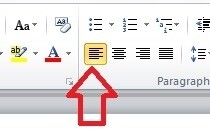
Fonts – When it comes to choosing a font for your text, keep it simple and don’t get fancy. Regardless of the font style you choose, the BookRix editor will default to our system standard font, but using Times New Roman, Calibri or Arial. Doing this decreases problems with the conversion. The BookRix Editor will standardize your text to our default font style and font size. This is done in order for the created epub file to be used for various eReaders, which can alter font styles and sizes to the reader preference, regardless of the author’s original choices. If you prefer to get fancy with your text, you are limited to bold, italics and underline. (We can’t tell you this enough.) In addition, avoid using colored text since this will not be transferred in the conversion.

Headers and footers – Please remove headers and footers from your document. This can cause text box errors and can result in a poorly converted epub.
Metadata: The Bread of your eBook SandwichThis is the information that appears on the front or the back of your book that is required by external shops.
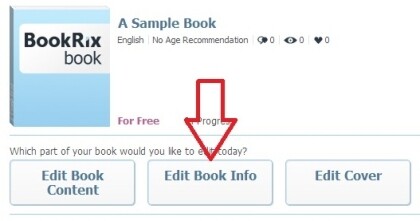
NOTE: Avoid typing info in the metadata fields with ALL CAPITAL LETTERS. Anything typed in all caps will be rejected. This includes the author name, book title and blurb.
WHO, WHAT, WHERE, WHY, and WHEN
WHO Are You? – What you choose as an author name is very important. Pen names (nom de plume) and pseudonyms can be used, but keep in mind that if you have a name that is difficult to remember, you will not be searchable online. Try to avoid unique spelling of your name or initials. This can complicate your search because readers are not going to remember if you had a period in your name. For example, R.J. Huffmann or RJ Huffmann. Sometimes it’s best to use a full first name and last name. Extra things to remember: no details of titles or job titles (except Dr. or titles of nobility) are permitted (e.g. PhD, MD, Plumber…), you can’t use a business or a name that is not a name of a person as an author name (e.g. Vintage Bikes, Apple Bottom…), and the selected author's name must appear exactly the same inside the book and on the cover.
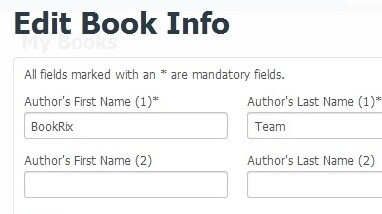
WHAT Is Your Book Title? – The choice of a title can be crucial! Not only because an appealing title makes the reader curious, attracts attention, and hints to what the book is about; the title can also cause certain associations in the mind of the reader.
Apart from the obvious requirements of a book title, there is another factor that should be considered. There is always a chance that a reader comes across a book by chance. The author can actively increase this chance just by using common words in the title of the book. There are some keywords that are typed in store searches more often than others. A practice example might be a book titled, Vampire Love. Many readers, for example, search for the words “Vampire” or “Love” on Amazon. Also, if your book has a common title, it might get lost on page five of the search results, so having a unique title will help your chances of being found.
This can be an advantage on BookRix, too. Properly set keyword tags lead to more readers reading your book. If a reader is interested in vampire-stories and a book is indeed about vampires, but isn’t tagged with the word and doesn't show this in the title, the book will never be found. Even if the reader really would like to read it.
Thus, a good choice for a title (and "keywords") decides much more than it seems to at first glance.
Put some thought into your title - it's the one thing that people will remember about your book long after they've read it. The more original and interesting, the more likely the reader is to remember.

WHERE Does Your Book Belong? – Choosing the category/genre of your book is an important decision and will determine where you book will appear in the external shops. Make sure you are accurate with your category and think about if someone were to search for your book, where would they look? If you have a book that fits multiple genres, it’s best to enter specific genres as keywords. For example, if you have a short story that contains romance and fantasy, you may want to choose the Short Story category and use Fantasy and Romance as keywords. If you write Poetry and your poems are about romance, it’s best to categorize your book as Poetry and use the keyword Romance. You can be as specific or as vague as you wish with keywords but keep in mind that most shops will only grab the first 4 keywords listed for the book so make sure you have the best keywords in the front.


WHY Should Anyone Read Your Book? - The cover will definitely attract readers, but the blurb decides whether the book is read or not – it tells the potential buyer why they should read the book. When it comes to the blurb, the author has the opportunity to prove his or her writing skills. Creating an appetizer for the whole story with only a few words often seems impossible, but follow these steps and you'll be "blurbing" in no time!
A blurb shouldn't provide too much information, but rather set potential readers thinking about what the book is about. However, there still has to be enough information to entice the readers. The length of your blurb can also be determined by the length of your eBook – For example, short stories should have shorter blurbs. Four or five sentences will often suffice. However, if you’ve written a 300 page novel that spans centuries, you should probably amp up your description. A full length novel (60,000+ words) usually has a blurb that is 10-15 sentences long.
In addition, the author will find more obstacles in his or her way:
1. How can the author objectively decide whether or not the blurb achieves the desired result?
2. The author is influenced by his work, so how will she/he know if the blurb appeals to the target audience.
3. Does the blurb fit the book’s content?
4. Does the blurb raise expectations the book can't meet? This would be very bad because it would cause the readers to be dissatisfied. This might result in upset readers writing a bad book review.
Of course, our users have found a solution for these problems: They get help from fellow BookRix members who will collectively and honestly critique and improve their blurbs.
Simply put, if your blurb poorly drafted, readers will assume your book follows suit and won’t bother to open it.

WHEN Did You Publish Your eBook? – The Copyright Information and Acknowledgements Section– These fields in the book info area include the publication date and are also meant to give credit to those who contributed to it. It’s important to mention who holds the rights to your words (it should be you, the author, of course), your images (you or your cover designer), and if you had any editing or translation help. NOTE: Do not reference anywhere in your book regarding “Printed in the USA” or any other reference to print. Remember, your book is an eBook and not a print book therefore, nothing is being printed.

Did you know that books with professionally designed covers sell twice as much as books with poor quality covers? It’s true!
We've all heard the saying “Don't judge a book by its cover”, but don’t fool yourself! Even if a book’s content is amazing, if the cover doesn't look good, it will never be read.
This is true for retail stores and online shops: A stunning book cover may be the sole reason for catching the attention of a reader. There are tons of books available, and some can get lost in the shuffle; especially, if their appearance is unappealing. It’s not uncommon for people to believe that a well designed cover means a well written book.
We understand that not every author is an enthusiastic artist. Most writers would rather live in a world of letters, than deal with images. As you've probably guessed, we’ve spent some time thinking about this, and decided that no one on BookRix should face this problem alone. Especially, when there are so many BookRix members willing to help out.
There are many groups that discuss the topic “cover design”, but we would like to specifically recommend the "Art Writers” group. There, you will find users who offer their assistance with cover design.
DON'T FORGET: It is extremely important to observe copyright laws at all times! But don’t fear: you can even get advice on this topic from group members. If you don’t feel properly skilled to design your cover yourself, ask the group and our members can assist and offer their advice.
For those of you who prefer to pay for this service, there are several great artists (blogs and websites) that sell ready-made eBook covers for as little as $10. If you are unable to fine something you like, you can opt to pay a little extra to have one designed for you. Also make sure the images used on the cover are not copyrighted.
In the end, a nice cover attracts attention to your book and therefore, will get you more readers. And that’s exactly what we all want, right? Don't forget - BookRix won't publish your book if it doesn't look good - so put forth the extra effort!
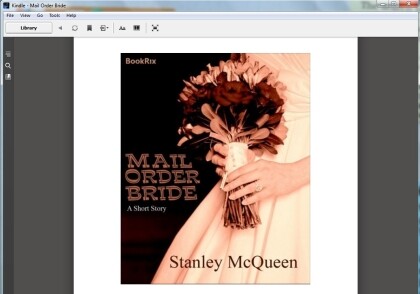
You are welcome to choose a cover image from the cover image gallery provided by BookRix (although we don’t recommend this). If you choose to use your own customized covers, we ask that you





Comments (0)